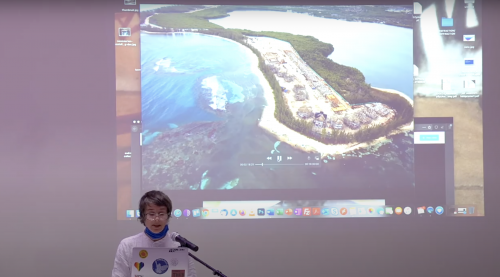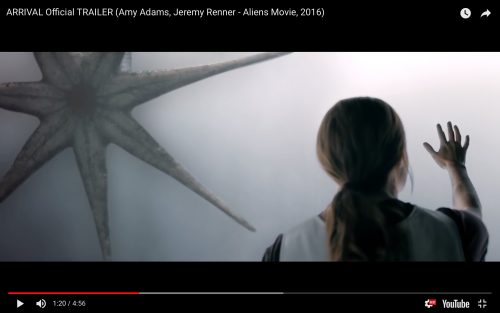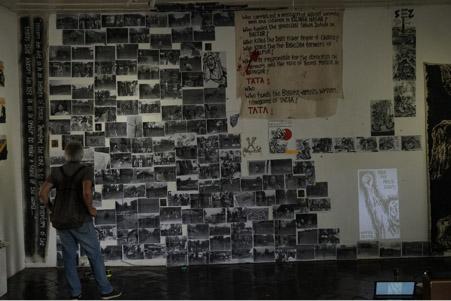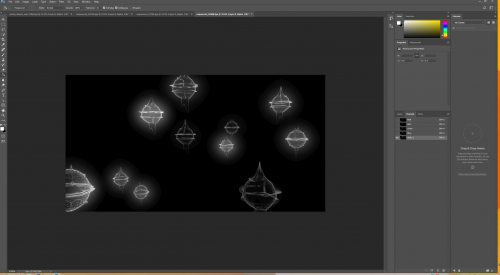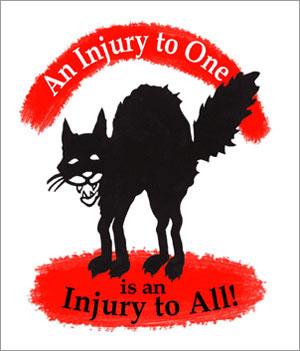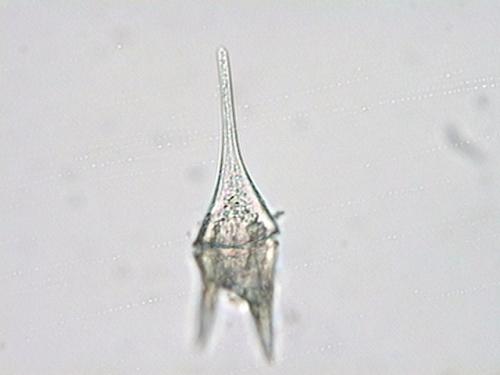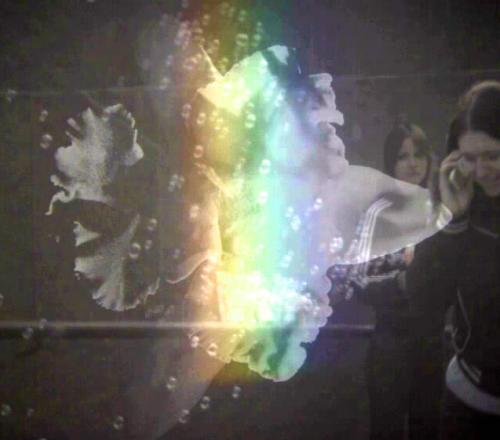Let's give this text a life on it's own:
How is the dancing? What is bubbling around you?
Something that has stuck with me is how you talked about ethics that are not human-centered.
a holding is a holding,
a holding is what a landscape, a bay, geography does. We don’t have to talk about human centered ways.
What maybe can be called the trans potential of film? What is needed to allow different ways of seeing out of the binary?
We need different ways of being and the respect for these different ways of being while they are out of your horizon .
Which is tricky? But that can also be an anchor for our conversation where works and words intertwine as much as the page or the webpage allows and the signs that form on them to make sense and be sensed. So its great that we had a physical presence of the work and the resonance to it while now we spin this further and reflect diffraction.
And it connects to both our interests how we could create "strange resonances" instead of "identification.”
I just listened to an interview with Eva Hayward:
She talks in the interview about something I had not heard before I made the piece (but resonates so much with it): bones and invertebrates. How she unconsciously sought out these animals like octopuses and jellyfish, maybe because they are creatures that humans don’t so easily "see themselves in", that it was not so easy to put an "I" on. And that it may have been linked to how trans women are seen as something unreal.
Organisms that I was interested in refused the kind of human imagination of "I" see myself in this organism.
She talks about "a strange resonance" between corals and her. And I’m interested in creating strange resonances, between minerals, jellyfish and garbage, (which in a soft way upsets the separation between man and nature, a division that is both so destructive for the earth’s ecology and for queers, that through play it becomes reality in an unspoken space.
That’s maybe where a resonance from micro-organisms and the ones that are my companions can whirl in: micro-organisms are mitigating between corals stones and bones and make a nurture soup for more known creatures and unknown kinds.
To refer to play and dance can allow for improvisation and rules as component so an infrastructure can produce and thus support ways of trying to write and speak.
At the same time we need to insist on cracks, gaps and unforeseen or unspoken space as you call it. And it's not a negative but a necessary concept. It also allows capacity building: for example intervening with reductionist and limiting practices and enabling dynamical ways of speaking.
Maybe one can even say that, if intimacy is algorithmically and sensorially programmed, it is close to being empty or abused. If we think of reactionary politics instrumentalising unity and solidarity for example.
So it is interesting that you describe the gap as precious and valuable in establishing something else? But gaps make us jump and fall ….they make us aware and heighten our sensorial everything so to say or miss to say…...
Still nearly haunting is the scene in your film where an animal.... what is it again? In my memory its now a squirrel, but it was not! It was a particular desert animal used to harsh environments as we humans call it. It plays dead in order to survive….maybe not even a strategy but a necessary tool….there is something immensely powerful in that! Playing, in Wittgenstein’s analysis is tied to a way of life and is very coded. The how and the content are very specific in agency. This animal surely masters it. It survives the atrocious monster. It would never be able to withstand its power in a mere justaposition. You allign in your film to this coded tactile immersion in the landscape and mimicry of that scene. Technically, aesthetically and structurally one can sense and say: surely in the edit for example and where you put it in the film, but its like a signal in queer love or sociality and physical plus spiritual survival. A strategy of the under-commons as the commons for a community.
And as sitting on a train some words emerged:
I still have some formulations seeking ways to emerge through body and mind, (mind body, heart mind)
There is something about being in a demonstration, a collective meditation and a dance floor.
To be alive together.
Play could sometimes be referred to as not real. - are you just playing or are you real.
There is few times I feel more real than when close to death. But that’s not always true. To dissociate. To be there and not there but still it’s ofcourse real. If real is rendered though the ability to be normal passing or fitting in. To not be hindered be forced sometimes to (play) dying just to live.
This double edge sword that is also part of the magic of being trans.
”When something terrifying happened in front of my eyes two years ago, I wasn’t shocked by how I didn’t feel anything but by how normal not feeling felt. “But isn’t that also part of the trans magic?” a friend offered over coffee. Then we went to join a protest for trans rights in front of the US embassy in Berlin-Mitte, even if we both didn’t really feel it, though we did meet friends. Now I imagine this kind of magic to be the slightly underwhelming cheap trick of letting something disappear, and even though everyone feels as if they know it hasn’t, the trick still works, every time.”[1]
Patricia MacCormack wants us to embrace death with ahuman queer death activism “
“Creating a death activism based on care, on joyful nurturing, to rethink questions about the status of what constitutes life and death in the abstract and materially, is an ethical obligation humans owe to the Earth and each other. Death activism embraces lives as liveable while interrogating the effects of human exceptionalism as a form of death perpetuation”[2]
That the real is masquerading as power is nothing new but needs to be constantly repeated. Where the suspicion and deprivation of the playful erotic agent is one of the ways in which the erotic is shamed and creates a deep oppression where the very life force is strangled and stretched on everything that does not conform fixed under the white working male straight power play: play without heart and play based on competition is (it) really play?
“The child is making an image of something different, something more beautiful, or more sublime, or more dangerous than what he usually is. One is a Prince, or one is Daddy or a wicked witch or a tiger. The child is quite literally "beside himself" with delight, transported beyond himself to such an extent that he almost believes he actually is such and such a thing"without, however, wholly losing consciousness of "ordinary reality". His representation is not so much a sham-reality as a realisation in appearance: "imagination" in the original sense of the word. “ [3]
To be beside yourself.
To dissociate.
Trans people are not the only ones who dissociate—but we tend to be good at it. We’re a kind of people who need to not be in body or world. The body feels wrong. The world treats us as wrong. Dissociation can be debilitating. And also sometimes not.
Sometimes not.
In the play, to go beside oneself. The trans magic.
So are there ways of dying slowly and playfully? Or at least play with the thought?
Because even thought can be a minefield in the traumatic mind.
And to play dead: Can be an affirmative way of empowering vitality.
To be trans means new and more ways to die, than if we had not taken this route. The way I fill myself with oestrogen means new deaths. I see my little oestrogen patch as a reverse tick that instead of making me sick, like the time I had meningitis, now gives me (a) life. While it gives me life, it also gives me an increased risk of breast cancer. (My grandmother died of breast cancer at 62 years old.) As I fill myself more and more, I not only fill myself with desire and embodiment, but also (without necessarily being a negative thing) with a potential for other kinds of dying. If we feel a lump in our chest, will we seek care? Many trans women avoid care because of structural violence and repeated categorization and poor treatment. When we talk about death, it makes me happy. Imagine dying slowly. To fade away. To die quietly. And be nourished.
When whales die, they sink slowly into the abyss while other organisms feed on all the food and energy the dead body holds. Can we imagine our own process of dying as slow? As slow processes that fall gently like snowflakes, Eva Hayward tells me on Zoom. We talk about death as an accumulation, because often when trans and death is talked and written about, it’s a sudden death, the numbers of all the women who are murdered. And in a way, it’s not surprising that in such a threatening and inhospitable world for trans women, the conversation comes back to that. But what does it do to the way we think and dream about death? What does it do to our fears of our different deaths?
So this is just some of my notes.. again:
I was feeling that there was some kind of link between freezing and numbing parts of the body in order to stay alive: Between playing dead and dissociating, to somehow shut down parts of yourself in order to survive or cope. And that they can both be destructive, and reinforce a separate sense of self. Creativity and solidarity could be an outcome, because of the poetry it produces.
To freeze is one of the survival responses, it sometimes iscalled playing dead or playing possum after the ratlike animal. To play dead which at first may seem like a "bad idea" but since the animal that wants to kill you is both bigger stronger and faster, it might be the only way out.
Trans people are not the only ones who dissociate—but we tend to be good at it. We’re a kind of people who need to not be in body or world. The body feels wrong. The world treats us as wrong. Dissociation can be debilitating. And also sometimes not. - McKenzie Wark
So if you and I spent a lifetime being beside yourself or playing dead, as a survival strategy, I can recognise Wark when she writes about how she used to write in a hazy state, that in the haze which can be both a frozen numb state, there can be a rigour and a creativity, just like in play.
"I used to write a lot, in dissociated states. Then I transitioned, and couldn’t write at all. And yet still needed to disso- ciate. I felt better about being embodied, but the world didn’t. So—raves. And out of raves, the writing came back, slowly I want to recover at least some kinds of dissociation from the language of psychiatrists. I want to find ways this disability can also be enabling. -McKenzie Wark
It is important to emphasize that it is a matter of not having a choice, both in playing dead and shutting oneself off. So that creativity is not a rationalised choice, but a state into which one is thrown. The paradox is that in that state there may be the seed of resistance. And that seed may embody surviving. It is and is not me choosing to survive, it is something else holding. a holding is what a landscape, geography does., the earth it is not a human center, struggling to survive. It is the planet/cosmos playing a trick.
Dissociation does not only take shape as a relatively distinct episode one is able to leave behind by being melodramatic—or not. Skillfully abstracted away from experience, it can also become its own style.(maxi)
This disability can also be enabling
what do we do
when we flee, or freeze,
meditation, demonstration, the rave
All these phenomena could be variations on the game of death, of disorientation and of finding points of pleasure. Meditating, sitting in silence like small piles or mountains, not because mountains are dead, but because the idea that certain materials are dead, makes it precisely a game of what is alive and what is dead. In the demonstration, the human ego is dissolved and we become a great river flowing through the city and on the dance floor.
Maxi Wallenhorst:
A style in which the fact that there are parts which don’t seem reconcilable indicates neither romanticist fragmentation nor pseudo-deconstructive relativism. Their non-integration is not reduced to a formal gesture but becomes a formal infrastructure in its own way—that can hold, for example, the beautiful and the analytic, in their disparity, without collapsing one into the other or approximating them in a collage.
I think of dissociative style as the poetics that shine through a Juliana Huxtable DJ set. When she plays two or more tracks at the same time, that doesn’t mean they are being mixed, even if they match. They drown and sound out each other from a distance. Dissociative style is riffing on form itself, that is, “the nonviolent synthesis of the diffuse that nevertheless preserves it as what it is in its divergences and contradictions, and for this reason form is actually unfolding a truth,” but going down this spiral even further, and tending to the violence in nonviolence.
(...)
Weirdly enough, if sometimes dissociation fills in as a word for alienation, where we can wield it collectively, it can also become a word for the messiness of relating that works in our favor. As The Faggots and Friends Between Their Revolutions reminds us, “WEAK LINKS IN THE CHAIN ARE LINKS IN THE CHAIN.”
There is a dissociative tension that vibrates in those social relations that make “an association of free people” both more imaginable and also more unimaginable, in the gossipy way, in the sense that they blur what we thought we knew about what feeling real feels like.
I love you maxi AND YOUR THOUGHTS, BUT I FEEL THAT YOU ARE STUCK IN UNDERSTANDING THE WORLD FROM A HUMAN RATIONAL AND CRITICAL WAY. THERE IS OTHER KNOWLEDGE THAT CAN`T EVEN BE CALLED KNOWLEDGE.
I have tasted what it means to feel real. And it has nothing to do with the human sovereign subject. It is a divine experience. Which oestrogen can help to experience. To feel deep compassion that is not about emotional empathy but a kind of kinship with the material.
This summer I was silent for a few days and felt how the abundance of being alive silenced all my human-centred diminishing ways of seeing.
I felt how wood spoke to me. Not as a subject but as in we shared something, that I was partly mass, and how grateful i was for chairs stools and tables, i felt the violence of all the saw blades, without it being violent, i felt the gratitude and how in all the abundance, there were clear limits to how much we can take without stealing.
****
Ester and Susanne enjoyed the conversation over nearly one year when levels of violence in collective, traumatic and individual experience slashed out to un-numerous ways. Both ring bells and dance to see the transformative powers, grasping to make sense of and diffracting with others, allies, scholars as well as landscapes and species of a huge variety and throughout this text.
Ester M. Bergsmark is an artist, filmmaker and artistic researcher from Stockholm. She grew up near a landfill. That place with large overgrown hills overlooking the entire city was a nourishing sanctuary beyond binary divisions between city and nature. In Bergsmark’s artistic thesis she listens to strange resonances with jellyfish, invertebrates and animals considered alien to humans, in a kind of transfeminine sensibility where the tactile lived, beautiful and ugly are dissolved, with a strong erotic curiosity to find playful ways out of deadlocks.
She is driven by the desire to explore how desire, joy and liberation can be a generating principle – in terms of inner, outer and collective change. Traumaturgy is a term Bergsmark has given her quest of developing dramaturgies with the capacity to depict the vulnerability of queer and trans people, without the fixation on humiliation or trauma. Instead, the aim is to approach the potential of vulnerability and uncertainty as liberating, transformative and pleasurable.
[1]Like a Real Veil, Like a Bad Analogy: Dissociative Style and Trans Aesthetics
Maxi Wallenhorst, 2021. https://www.e-flux.com/journal/117/385637/like-a-real-veil-like-a-bad-analogy-dissociative-style-and-trans-aesthetics/
[2] Death Activism: A Joyful Apocalypse. 28 september 2022. Patricia MacCormack. https://schoolofmaterialistresearch.org/Death-Activism-A-Joyful-Apocalypse
[3] S 13-14, Homo Ludens Johan Huizinga, 1955.
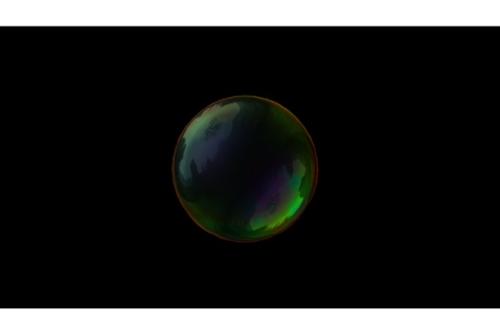
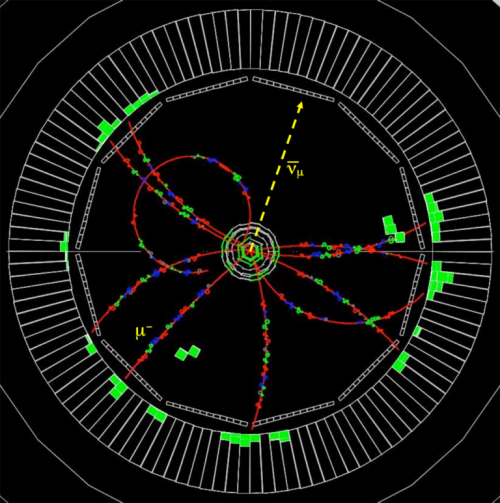
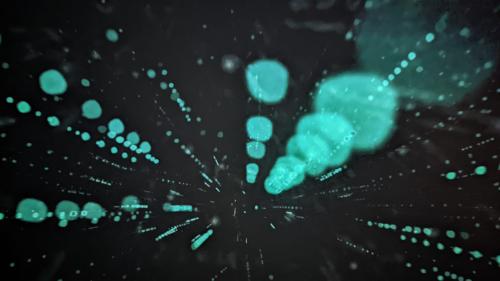
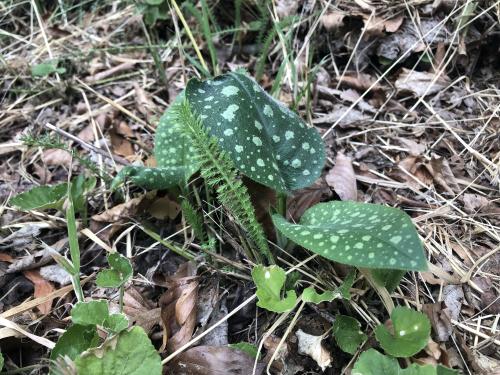
![Blackwash [working title]](/sites/default/files/styles/medium/public/56fe8ebf-7f16-4486-a251-6d85b1e906c3_4_5005_c.jpeg?itok=rIFeYRMo)
